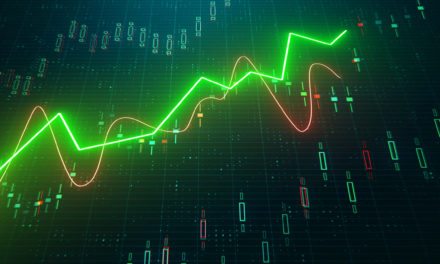
“When we own portions of outstanding businesses with outstanding managements, our favorite holding period is forever.”
— Warren Buffett
The above quote from Warren Buffett is timeless, and brings into focus the choice about time horizon that any investor should think about before buying a stock they are considering. Behind every stock is an actual business; what will that business look like over a two-decade period?
Today, let’s look backwards in time to 2003, and take a look at what happened to investors who asked that very question about Nike (NYSE: NKE), by taking a look at the investment outcome over a two-decade holding period.
| Start date: | 03/27/2003 |
|
|||
| End date: | 03/24/2023 | ||||
| Start price/share: | $6.53 | ||||
| End price/share: | $120.71 | ||||
| Starting shares: | 1,531.39 | ||||
| Ending shares: | 1,972.79 | ||||
| Dividends reinvested/share: | $10.50 | ||||
| Total return: | 2,281.36% | ||||
| Average annual return: | 17.17% | ||||
| Starting investment: | $10,000.00 | ||||
| Ending investment: | $237,967.22 | ||||
As shown above, the two-decade investment result worked out exceptionally well, with an annualized rate of return of 17.17%. This would have turned a $10K investment made 20 years ago into $237,967.22 today (as of 03/24/2023). On a total return basis, that’s a result of 2,281.36% (something to think about: how might NKE shares perform over the next 20 years?). [These numbers were computed with the Dividend Channel DRIP Returns Calculator.]
Always an important consideration with a dividend-paying company is: should we reinvest our dividends?Over the past 20 years, Nike has paid $10.50/share in dividends. For the above analysis, we assume that the investor reinvests dividends into new shares of stock (for the above calculations, the reinvestment is performed using closing price on ex-div date for that dividend).
Based upon the most recent annualized dividend rate of 1.36/share, we calculate that NKE has a current yield of approximately 1.13%. Another interesting datapoint we can examine is ‘yield on cost’ — in other words, we can express the current annualized dividend of 1.36 against the original $6.53/share purchase price. This works out to a yield on cost of 17.30%.
One more piece of investment wisdom to leave you with:
“When the public is most frightened, only the strong are left, and that’s when the market is in the best possible hands.” — Victor Niederhoffer



